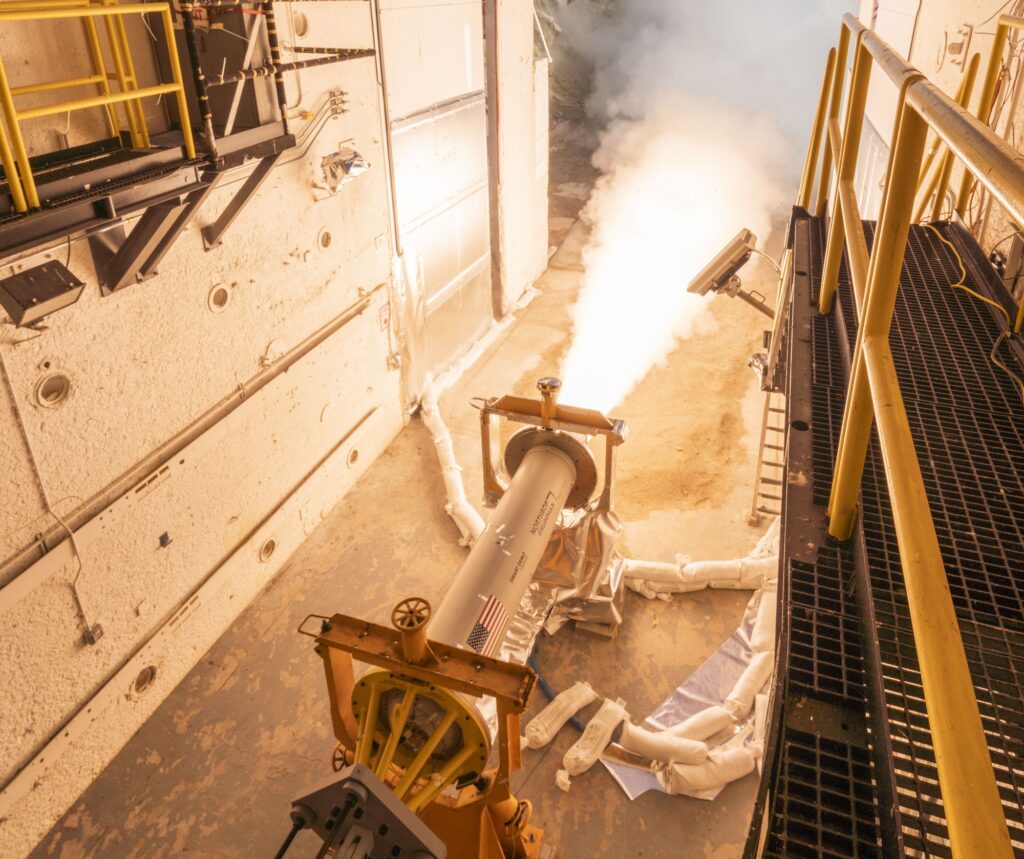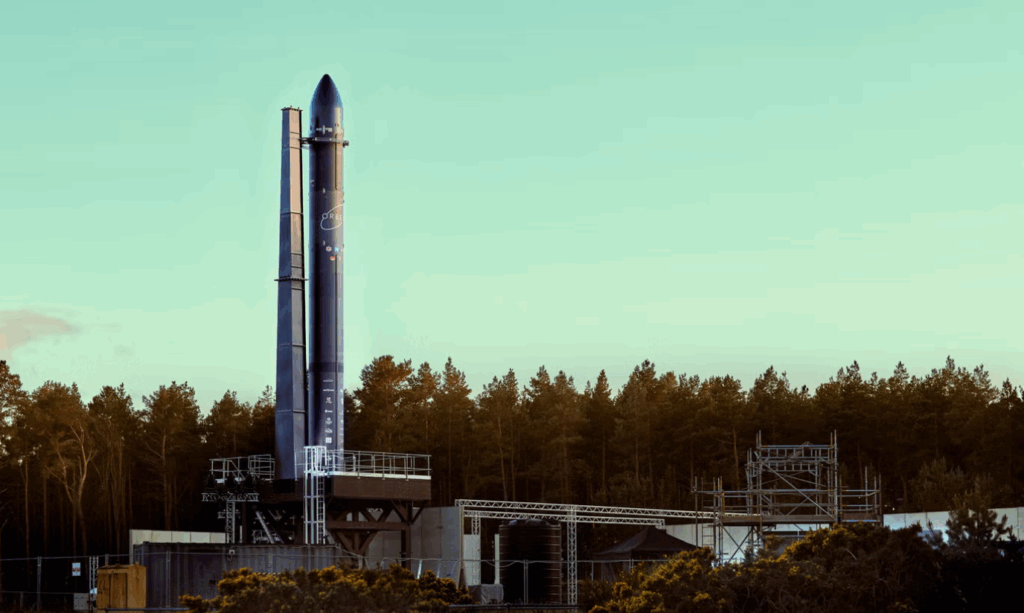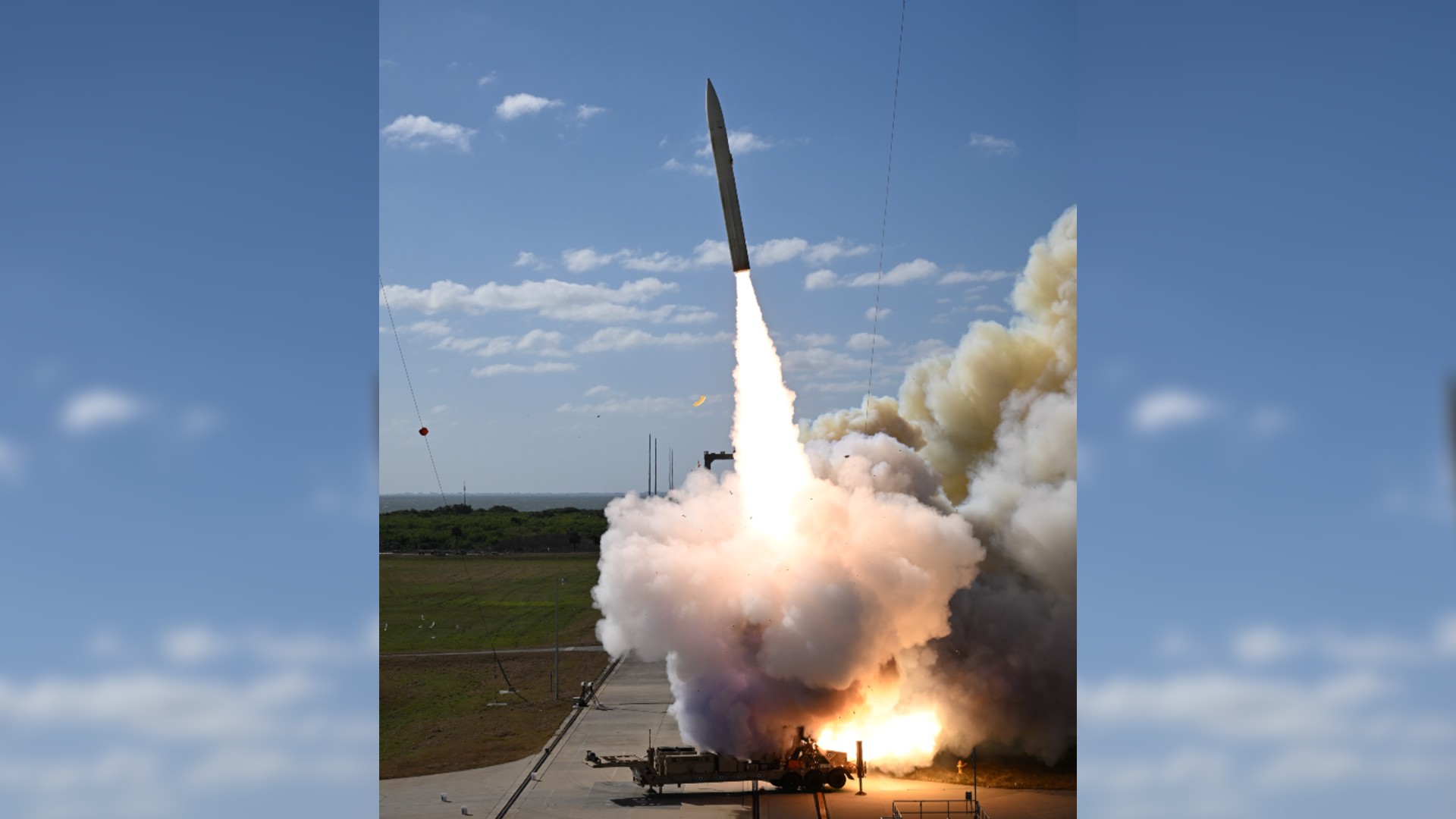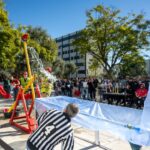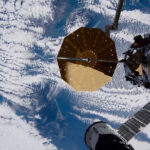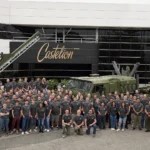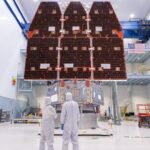Now Reading: Alpha launch of Lockheed tech demo satellite fails
-
01
Alpha launch of Lockheed tech demo satellite fails
Alpha launch of Lockheed tech demo satellite fails
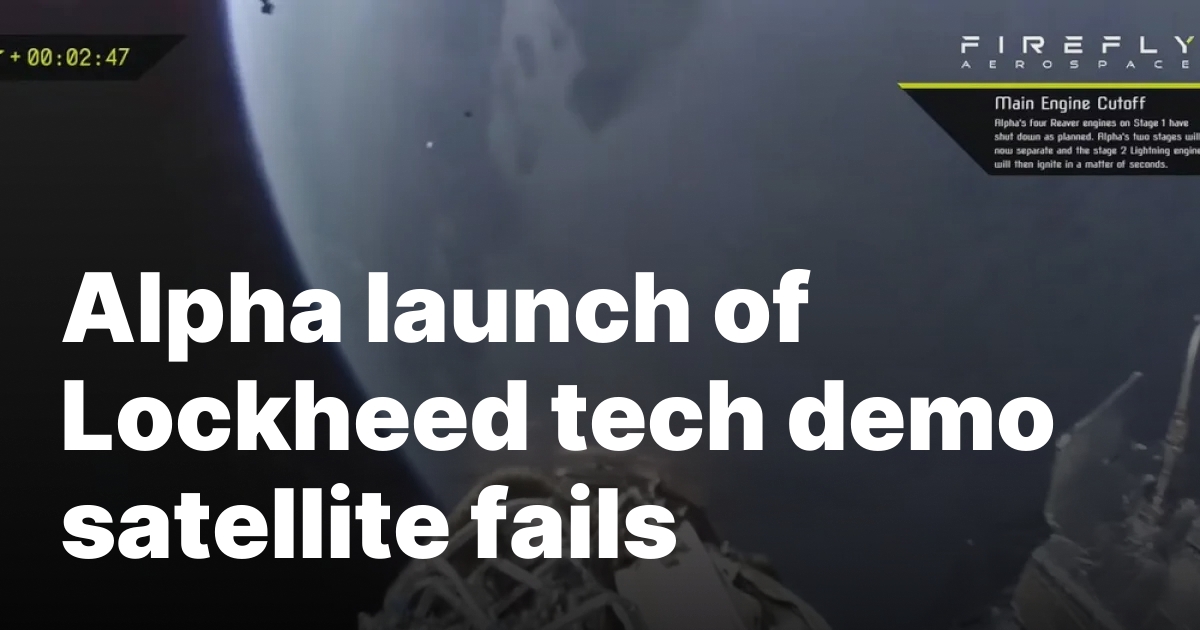
Updated 2:15 p.m. Eastern with confirmation of launch failure.
WASHINGTON — A Firefly Alpha rocket malfunctioned during an April 29 launch, preventing a Lockheed Martin technology demonstration satellite on board from reaching orbit.
The Alpha rocket lifted off from Vandenberg Space Force Base at 9:37 a.m. Eastern. A launch attempt the previous day was scrubbed because of problems with ground support equipment that could not be resolved before the launch window closed for the day.
The launch of the FLTA0006 mission appeared to go as planned until stage separation about 2 minutes and 35 seconds after liftoff. A cloud suddenly formed between the two stages, and video showed what appeared to be debris falling away as the upper stage continued its ascent.
A camera on the upper stage also showed debris falling away from it seconds after separation. The nozzle for the single Lightning engine in the upper stage appeared to be seriously damaged, if not missing entirely.
In a statement four and a half hours after launch, Firefly confirmed that the upper stage and its payload failed to reach orbit because of the stage separation issue. “The rocket then experienced a mishap between stage separation and second stage ignition that led to the loss of the Lightning engine nozzle extension, substantially reducing the engine’s thrust,” the company stated.
The upper stage reached a peak altitude of 320 kilometers but did not achieve orbital velocity. The stage and its payload reentered over the South Pacific near Antarctica. “The team is working closely with our customers and the FAA to conduct an investigation and determine root cause of the anomaly,” the company stated.
The payload for the launch was a LM 400 satellite on a technology demonstration mission for Lockheed Martin. The company planned to use the mission to provide a test of the mid-sized satellite’s capabilities.
“We’re really focused on trying to get the full lifetime experience of the spacecraft on a relatively accelerated timeline,” said Bob Behnken, vice president of exploration, products and technology strategy at Lockheed Martin, during an April 7 media event.
Lockheed had planned that, after completing on-orbit checkouts, it would put the satellite through “day in the life” operational tests as well as demonstrations of its SmartSat software to enable reconfiguration of spacecraft system. That would conclude with a controlled deorbit of the spacecraft after about a 30-day mission.
LM 400 is “capable of carrying out a wide range of missions,” he said, supporting payloads of up to 1,100 kilograms. The bus is under contract for a classified customer.
“Navigating risk and going fast are part of these self-funded demonstrations, and the knowledge we’ve gained already from the LM 400 production and processing will also benefit future customer missions,” Lockheed Martin spokesperson Chip Eschenfelder told SpaceNews after Firefly confirmed the satellite was lost.
Extended launch delay
What became noteworthy before the launch failure was not the payload but an extended delay. Firefly had been working towards a mid-March launch but called off the launch, citing a lack of range availability. Both the rocket and satellite were ready, Firefly and Lockheed Martin said.
“We’re facing challenges from a resource protection perspective out at Vandenberg,” Behnken said at the April 7 event. “There are a lot of things going on out that they have limited our ability to execute the mission.”
“There are facilities where overflight needs to be managed very carefully,” he said when asked to explain what those “resource protection” constraints were for the launch. “A new rocket, like Firefly’s rocket, does have some restrictions in terms of what risk posture the range needs to assume.”
He added that those restrictions were not linked to Falcon 9 launches at Vandenberg. While he did not into additional detail, industry sources said a likely factor in the delays was the March 7 landing of the U.S. Space Force’s X-37B spaceplane at Vandenberg. The runway and related facilities at Vandenberg used by the X-37B are close to Firefly’s launch pad.
This was the sixth launch of Alpha. Only the third launch, of the Victus Nox responsive space mission in September 2023, and the fifth launch, of a set of NASA sponsored cubesats in July 2024, were completely successful as judged by outside observers. The first Alpha launch in September 2021 failed when the rocket lost control two and a half minutes after liftoff.
Alpha reached orbit on its second launch in October 2022, but appeared to place its payloads into lower orbits than planned, causing them to quickly reenter. Firefly considered the launch a success nonetheless. Alpha’s fourth launch in December 2023 left its payload, another Lockheed Martin tech demo satellite, in an elliptical transfer orbit with a low perigee. Firefly later concluded a software problem kept the upper stage from performing a second burn to circularize the orbit.
Stay Informed With the Latest & Most Important News
Previous Post
Next Post
-
 012024 in Review: Highlights from NASA in Silicon Valley
012024 in Review: Highlights from NASA in Silicon Valley -
 02Panasonic Leica Summilux DG 15mm f/1.7 ASPH review
02Panasonic Leica Summilux DG 15mm f/1.7 ASPH review -
 03How New NASA, India Earth Satellite NISAR Will See Earth
03How New NASA, India Earth Satellite NISAR Will See Earth -
 04And Thus Begins A New Year For Life On Earth
04And Thus Begins A New Year For Life On Earth -
 05Astronomy Activation Ambassadors: A New Era
05Astronomy Activation Ambassadors: A New Era -
06SpaceX launch surge helps set new global launch record in 2024
-
 07From Polymerization-Enabled Folding and Assembly to Chemical Evolution: Key Processes for Emergence of Functional Polymers in the Origin of Life
07From Polymerization-Enabled Folding and Assembly to Chemical Evolution: Key Processes for Emergence of Functional Polymers in the Origin of Life













